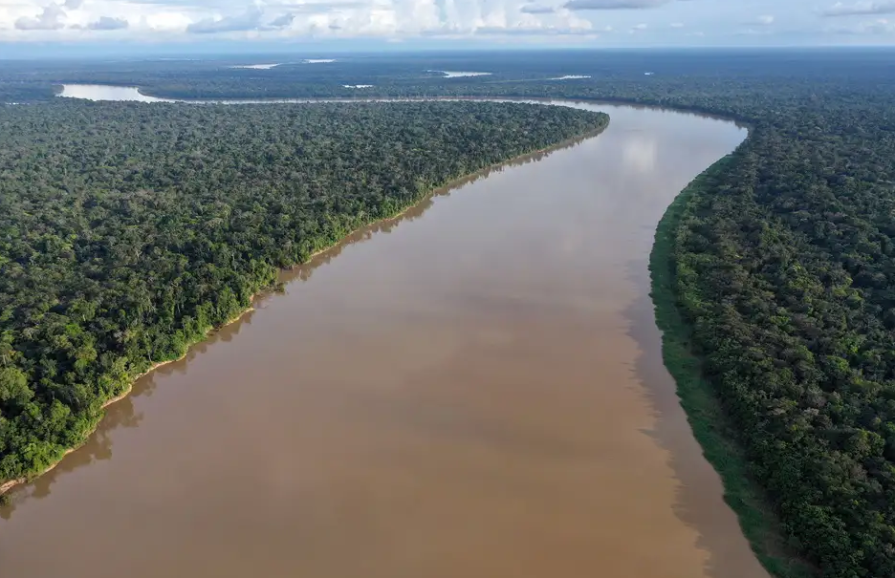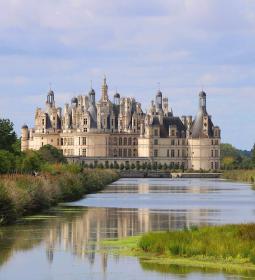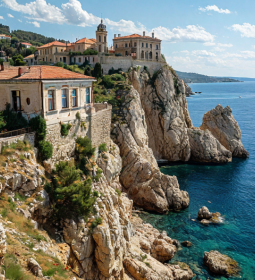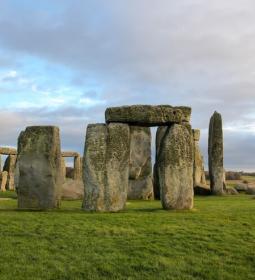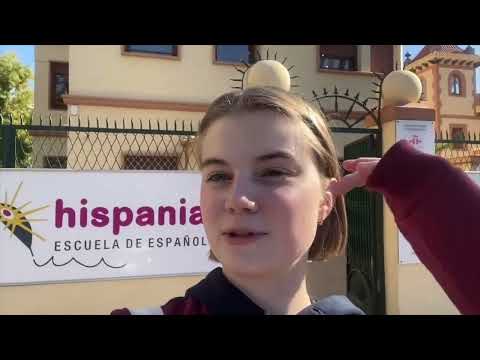The Amazon shares with the Nile the status of the largest river on the planet - and bears the title of the most full-flowing, alone owning 19% of the world's water resources. In its waters there are many secrets.
For example, why six and a half thousand kilometers of water surface has never crossed out bridges or other engineering structures?
How is it that at times it flows in the opposite direction?

A river full of secrets
This colossal water basin, the matriarch of the South American continent, has repeatedly surprised researchers.
- Suffice it to say that the volume of water rushing to the ocean desalinates its waters for thousands of kilometers around.
- In addition, it does not have a certain channel: it is then divided into several dozens, or even hundreds of sleeves, then merges together. Several thousand other large and small rivers flow into it.
- In dry years, in the widest place, its width barely reaches 12 kilometers, but during spills rains fill the pool and the distance between the banks increases to 60 or even 90 kilometers.
- And in these amazing places live various rare species of animals and plants, not represented anywhere else.
But the most significant and surprising secret was revealed recently - it turns out that under the Amazon there is another river! It was called Rio Hamza. In the direction and fluctuations of the channel, it coincides with our heroine, that's just the width can reach as much as four hundred kilometers. There is only one significant difference - the water in it is salty. What is the reason for the existence of Rio Hamza, no scientist can yet say.
Ride the wave
Twice a year, the Amazon flows back.
This happens when a huge wave comes from the ocean to its mouth, capable of overcoming the flow of the river and climbing up to a distance of more than 900 kilometers. The roar of approaching water is heard an hour before the wave appears in the visible zone.
The waters of the river at this moment flow back, rising and gaining more and more strength as the river bed narrows. The phenomenon was called"pororoquia"- roaring water in the official state language of Brazil. Near the coast, the height of the crest reaches three, and at a distance of 450 kilometers from the ocean - six to seven meters at speeds up to 30 km / h.
The unique natural phenomenon attracts surfers from all over the world as the most detant and crazy representatives of the species homo sapiens. They saddle the waves, maneuvering between the tree trunks torn out with rhizomes, raising sharp branches, and dodging river debris. These people are not able to stop neither the risk of meeting piranhas or other equally voracious creatures living in the water, nor the speed and insidiousness of the flow, nor the high probability of breaking their necks on the shoals littered with debris and debris.

The reason for the appearance of an outlandish wave is the autumn and spring equinoxes, when under the influence of the movement of the natural satellite of the Earth, the strongest tides occur.
Biologists, entomologists and ichthyologists of all stripes are convinced that it is to this tidal wave that the Amazon owes to a large number of marine animals found in the local waters. Take at least pink dolphins: it is believed that they are the descendants of ocean brethren abandoned by such a wave, unable to return and forced to adapt to local conditions.
It's easier to build a bridge along the river than across.
For the above reasons, the construction of bridge crossings across the mouth of the Amazon has no practical expediency - after all, to build a stationary engineering structure on the banks of the river, capable at any time to make radical changes in its course, increase depth, change salinity, wave height or change the direction of water movement, damn difficult.
In neighboring Honduras, a hellish road and a very modern bridge was built across the much smaller Soluteca River, but it was not there: the river thought, appreciated the neighborhood and moved to the side - the pressure of the heavy structure on the ground was excessive, and the mouth changed.

Piles used in the construction of a bridge across the Gulf of Pechelia or across the Kerch Strait to connect the Crimea and Taman, too, will not help, because under our heroine flows Rio Hamza - and where is the guarantee that she will not change direction and at one point the bridge will not collapse into the water, dragging with it everything that will be on it at this time? Or the piles should be so long as to pass the water of the Amazon, and muddy deposits at its bottom, and the salt stream below.
But the main reason why the shores are still not connected is the lack of economic feasibility. After all, a bridge several tens of kilometers long will cost a lot of money, which makes no sense to spend. Peyzane and the Indians prefer boats and canoes or motor boats, and there are no paved roads in the Amazon Delta - and the Brazilian federal government is not going to acquire them.
Tourists are attracted here by wildlife, a wayward river, majestically carrying its waves to the ocean, and not at all the wonders of engineering and technical thought.

